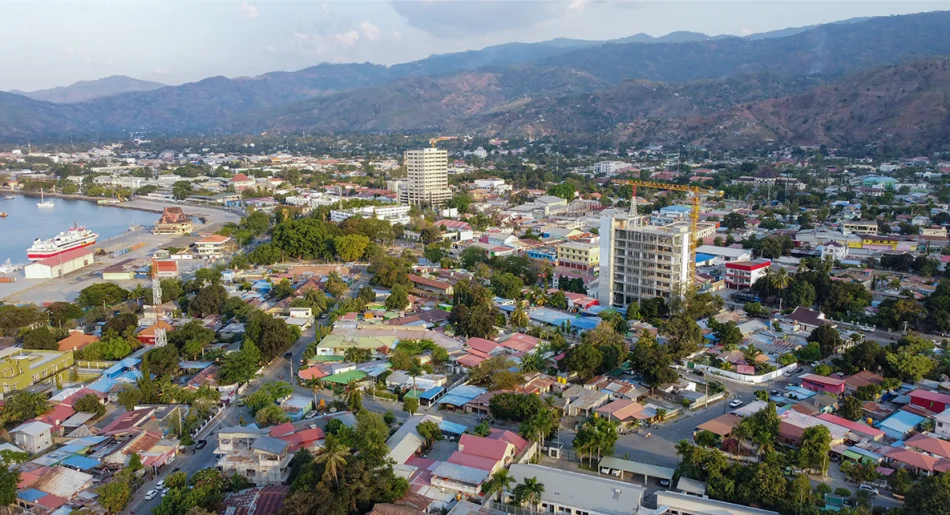modelcampusa.com – Timor-Leste, a small island nation in Southeast Asia, has been on a path of economic development and commercial growth since gaining independence in 2002. Despite its challenging history of colonialism and conflict, Timor-Leste has made significant strides in establishing a stable commercial environment, attracting foreign investment, and diversifying its economy.
Historical Context
Prior to independence, Timor-Leste’s economy was largely underdeveloped, with limited infrastructure and a reliance on subsistence agriculture. The Indonesian occupation from 1975 to 1999 further hindered economic development, leading to widespread poverty and destruction. However, since gaining independence, the country has focused on rebuilding its economy and establishing a viable commercial sector.
Economic Landscape
The economy of Timor-Leste is primarily driven by its oil and gas reserves, located in the Timor Sea. These resources have provided significant revenue, enabling the government to invest in infrastructure, education, and health. However, recognizing the need for economic diversification, Timor-Leste has been actively seeking to develop other sectors, including agriculture, fisheries, and tourism.
Foreign Investment and Trade
Foreign investment has been crucial for Timor-Leste’s commercial development. The government has implemented various incentives and reforms to attract investors, including tax breaks and streamlined business registration processes. Major investors include Australia, Portugal, and China, with investments primarily in the energy, telecommunications, and infrastructure sectors.
Trade is another vital component of Timor-Leste’s commerce. The country is a member of various international organizations, including the United Nations and the Community of Portuguese Language Countries (CPLP), which facilitate trade and economic cooperation. Timor-Leste’s main trading partners include Indonesia, Australia, and Portugal. The country exports oil and gas, coffee, and sandalwood, while importing a wide range of goods, including machinery, vehicles, and food products.
Challenges and Opportunities
One of the main challenges facing Timor-Leste’s commercial sector is the need for infrastructure development. Improved transportation, communication, and energy infrastructure are essential for supporting economic growth and attracting further investment. Additionally, the country faces the challenge of economic diversification, moving beyond its reliance on oil and gas revenues.
Opportunities for growth lie in sectors such as agriculture, fisheries, and tourism. Timor-Leste has fertile land and a favorable climate for agriculture, with potential for coffee, rice, and other crops. The country’s rich marine resources offer opportunities for sustainable fisheries. Furthermore, Timor-Leste’s unique culture and natural beauty present untapped potential for tourism development.
Government Initiatives
The government of Timor-Leste has implemented various initiatives to support commercial growth and economic development. These include the establishment of the Ministry of Commerce, Industry, and Environment, which focuses on promoting trade, industry, and sustainable development. Additionally, the government has launched programs to support small and medium-sized enterprises (SMEs), providing training, financial assistance, and market access opportunities.
Conclusion
Timor-Leste’s journey from a war-torn territory to a nation with a growing commercial sector is a testament to its resilience and determination. While challenges remain, the country’s strategic focus on economic diversification, infrastructure development, and attracting foreign investment positions it for continued growth and prosperity. With ongoing government support and international cooperation, Timor-Leste is poised to further develop its commercial sector and achieve sustainable economic development.
